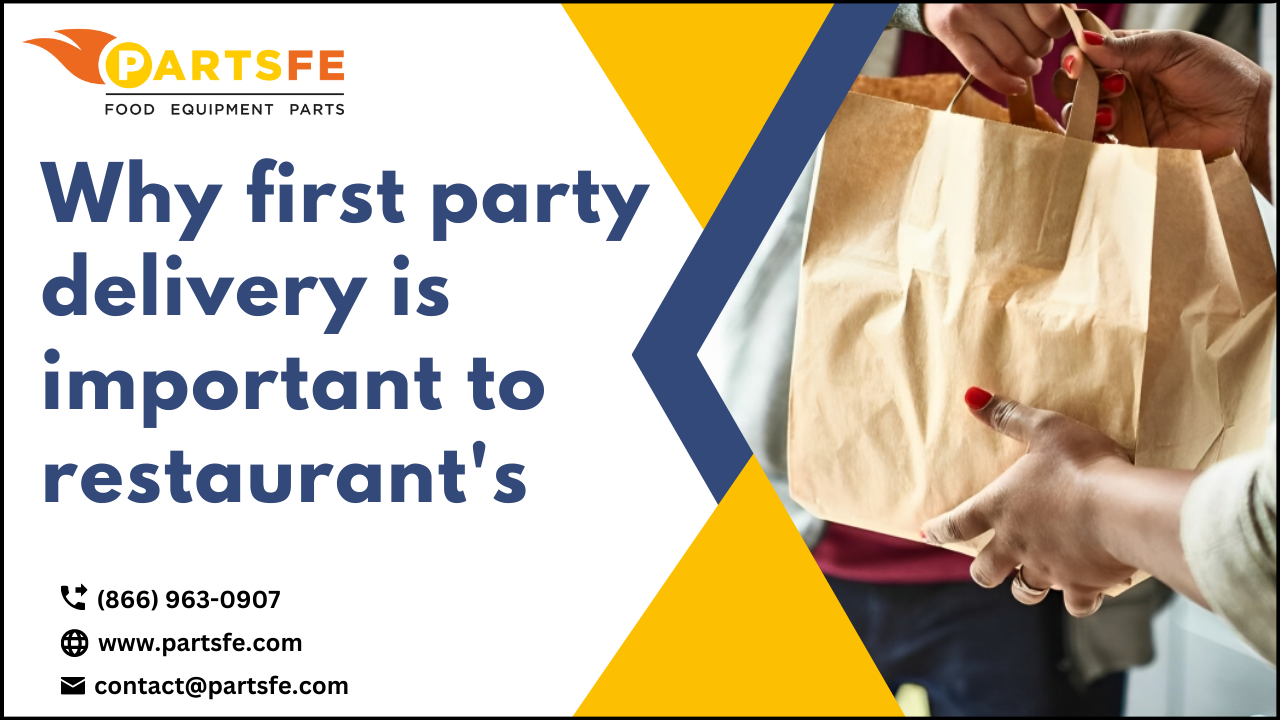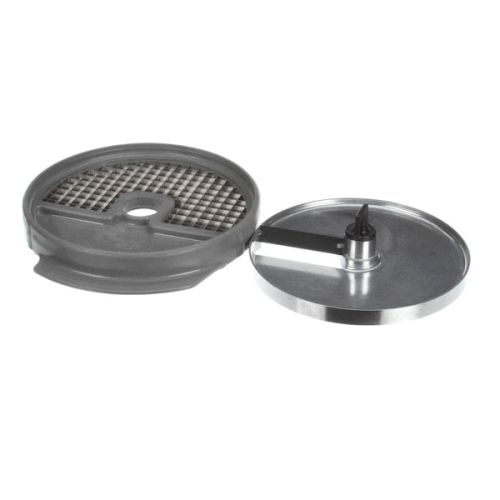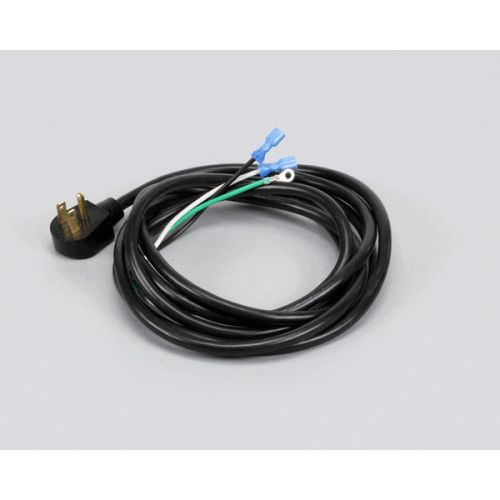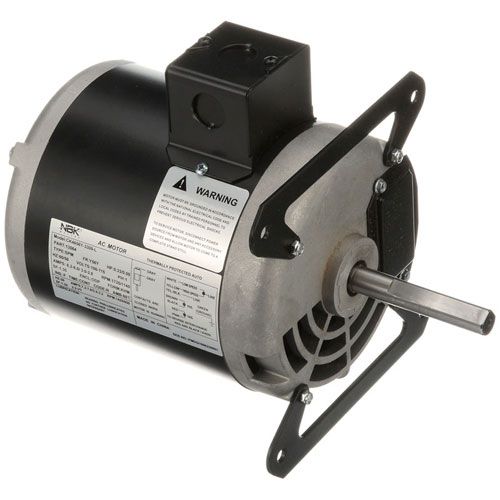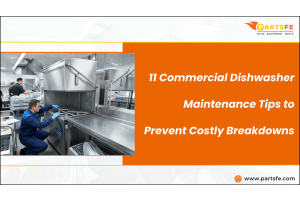Why First-Party Delivery Is Important To Restaurants?
In a world where convenience and efficiency reign supreme, restaurants face a pressing question: Why is first-party delivery essential for their survival? First party delivery, a concept gaining rapid momentum, refers to restaurants managing their delivery services in-house rather than relying on third-party platforms.
Top selling products
Let us explore the significance of first-party delivery and its undeniable impact on the success of eateries in the modern era. Delving into the key benefits and advantages it offers, we aim to shed light on how this strategic approach can revolutionize the way restaurants that deliver their own food.
Advantages of First-Party Delivery
Adopting first-party delivery can offer numerous benefits to companies seeking to enhance their operations and customer experience. Here are the key advantages of this approach:
- Total Control: With first-party services, businesses have complete control over the entire delivery process, ensuring their products are handled with utmost care and delivered on time.
- Customer Insights: Direct interactions with customers during delivery first enable companies to gather valuable feedback and insights, helping them understand customer preferences and improve their offerings.
- Brand Consistency: First-party delivery allows businesses to maintain consistent branding throughout the delivery journey, reinforcing brand identity and trust.
- Data Ownership: Owning the delivery data ensures that businesses can protect sensitive customer information, reducing the risk of data breaches.
- Faster Resolutions: In case of delivery issues, direct communication empowers companies to address problems swiftly, leading to increased customer satisfaction.
- Customization: First-party delivery allows businesses to personalize delivery experiences, offering additional services like gift wrapping or special handling.
- Competitive Edge: By providing a seamless delivery experience, companies can gain a competitive edge, fostering customer loyalty and repeat business.
Why Customers Are Attracted to Third-Party Delivery Services
In recent years, third party restaurant delivery service have gained immense popularity among customers, revolutionizing the way people order and receive their favorite meals and products. Several factors contribute to the widespread appeal of these services, making them an attractive choice for consumers:
Overview of Third-Party Delivery Platforms
Third party restaurant delivery service have revolutionized the way customers access their favorite restaurants' cuisines. These platforms act as intermediaries between customers and restaurants, offering a user-friendly interface to place orders online. Customers can choose from a wide selection of eateries, and the delivery service handles the logistics, ensuring the food arrives at their doorstep promptly.
Factors that Attract Customers to Third-Party Services
Convenience and Ease of Use: One of the primary reasons customers flock to third party restaurant delivery service is the sheer convenience they offer. With just a few clicks on their smartphones or computers, customers can order their favorite meals without leaving the comfort of their homes. This hassle-free process is particularly appealing to those with busy schedules or limited mobility.
- Variety of Restaurant Options: Third-party platforms provide customers with a vast array of restaurant choices, ranging from local hidden gems to popular national chains. This extensive variety caters to diverse tastes and dietary preferences, giving customers the freedom to explore new cuisines and flavors conveniently.
- Promotions and Discounts: Customers are often enticed by the exciting promotions, discounts, and special offers available on these platforms. From exclusive deals to loyalty programs, third party restaurant delivery service keep customers engaged by providing cost-effective options for their favorite meals.
Know about the Restaurant Glossary key Terms.
Enhancing Customer Experience
To create a memorable and satisfying customer experience, businesses must focus on key areas that drive customer satisfaction and loyalty:
- Seamless Ordering Process: Simplifying the ordering process through user-friendly interfaces and intuitive design ensures customers can place their orders effortlessly. Streamlined checkout and quick payment options contribute to a hassle-free experience, encouraging repeat business.
- Personalized Promotions and Offers: Tailoring promotions and offers based on customer preferences and past orders enhances engagement and makes customers feel valued. Personalization fosters a sense of connection, boosting brand loyalty.
- Ensuring Food Quality and Safety: Maintaining stringent quality standards and prioritizing food safety is paramount. Consistently delivering fresh, hygienic, and delicious food builds trust and positive word-of-mouth.
What Restaurants Should Maintain First-Party Delivery?
In the competitive world of food delivery, identifying the right fit for first-party services is crucial for restaurants to stay ahead. Several types of restaurants can benefit the most from managing their own delivery services.
Identifying the right fit for first-party delivery:
Restaurants with a strong local customer base and high demand for delivery are excellent candidates for first-party delivery. By directly handling the delivery process, they can ensure better control over the customer experience and maintain their brand identity. Moreover, establishments that possess the resources and technology to handle deliveries efficiently can capitalize on this opportunity.
Types of restaurants that can benefit the most:
- Small and medium-sized restaurants: First-party delivery enables these establishments to offer personalized and cost-effective services, fostering direct relationships with their clientele.
- Fine dining establishments: Maintaining their own delivery services helps preserve the high-end dining experience, ensuring the quality of food remains uncompromised during transit.
- Niche and specialty cuisine restaurants: By managing their deliveries, these restaurants can attract a more targeted customer base, catering to unique preferences and maintaining the authenticity of their offerings.
Know about the Commercial Restaurant Equipment Checklist.
Overcoming Challenges of First-Party Delivery
Implementing first-party services comes with its share of challenges that restaurants must address to ensure success.
- Logistics and delivery radius: Managing a delivery network requires efficient logistics to ensure timely and accurate deliveries. Determining the optimal delivery radius is crucial to balance the distance covered while maintaining delivery times and food quality. Restaurants need to strategize their delivery areas carefully to reach a broader customer base without compromising on the overall delivery experience.
- Managing peak demand and delivery times: Restaurants must prepare for surges in orders during peak hours and special occasions. Ensuring adequate staffing and streamlining operations during busy periods can help handle increased demand and avoid delays, which are essential for customer satisfaction.
Best Practices for Implementing First-Party Delivery
To successfully implement first-party delivery, restaurants should adopt these key practices:
- Choosing the right technology and software solutions: Invest in user-friendly and reliable delivery management systems to streamline operations. Integrated software can facilitate order processing, real-time tracking, and efficient communication between the kitchen and delivery personnel.
- Training staff for smooth order processing and delivery: Properly train staff to handle incoming orders, prepare food efficiently, and ensure accurate deliveries. Well-trained personnel contribute to a positive customer experience and reduce the chances of errors or delays.
- Utilizing customer feedback to continuously improve the delivery experience: Actively seek and analyze customer feedback to identify areas for improvement. Address concerns promptly, adapt to customer preferences, and consistently strive to enhance the overall delivery process.
First-party delivery is vital for restaurants due to its numerous advantages, including enhanced customer experience and direct control over deliveries. While customers may be attracted to third-party services initially, implementing first-party delivery can win them over with personalized service and authentic cuisine. Overcoming challenges with proper logistics and staff training is essential, and following best practices ensures a seamless and successful implementation. By maintaining first-party delivery, restaurants can solidify their brand identity and build lasting customer loyalty in the fiercely competitive food delivery landscape.
FAQ's
How do restaurants benefit from partnering with delivery apps?
Partnering with delivery apps allows restaurants to tap into a larger customer base, increase their visibility, and access a convenient and efficient delivery infrastructure, leading to boosted sales and revenue.
Why should restaurants have online ordering?
Restaurants can cater to consumer demand for digital convenience, enhance customer satisfaction, and streamline ordering processes by implementing online ordering.
Why do restaurants use delivery apps?
Restaurants use delivery apps to expand their reach beyond their physical location, offer a convenient delivery option to customers, and stay competitive in the evolving food delivery market.
Can a restaurant use more than one delivery service?
Yes, restaurants can utilize multiple delivery services simultaneously to broaden their reach and cater to a diverse range of customers, maximizing their exposure and potential for increased sales.

